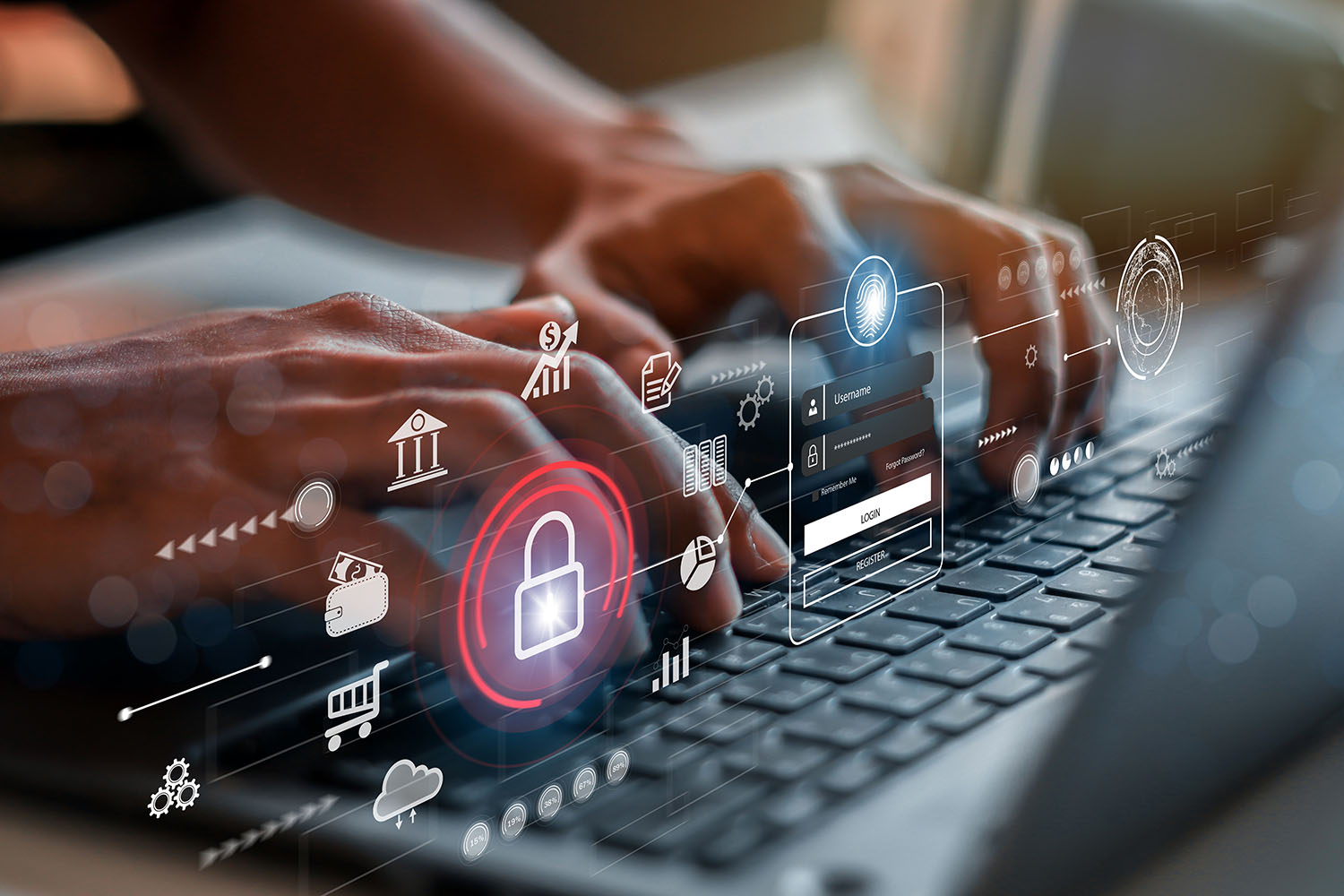Cybersecurity and IT Service Management: A Unified Approach
In today's digital landscape, businesses face an ever-evolving array of cybersecurity threats that can compromise sensitive data and interrupt operations. As cyberattacks becoming more sophisticated, prioritizing cybersecurity is not just a smart move; it's a necessary strategy for continuity. Numerous organizations find themselves overwhelmed, uncertain about how to adequately safeguard their assets while also managing their IT infrastructure. This is where the integration of cybersecurity with IT managed services is essential, providing a holistic approach to protecting business continuity.
IT managed services offer a framework that not only alleviates the burden of daily IT operations and additionally enhances security measures. By collaborating with a professional managed services provider, businesses can receive comprehensive support that includes proactive monitoring, risk assessments, and incident response planning. This unified approach guarantees that companies are not only prepared to defend against common threats like ransomware and phishing scams but also equipped to respond swiftly in case of a cyber incident. When we delve into the critical aspects of cybersecurity and managed services, it becomes clear that a cohesive strategy is vital for any business intent on thrive in an ever more digital world.
Cyber Security Threats and Mitigation
In today's digital landscape, businesses face a multitude of cybersecurity risks that can threaten their operations and integrity. The most prevalent threats include malicious software, ransomware, phishing scams, and insider threats. Homepage of these can lead to data breaches, monetary damage, and harm to reputation. Grasping these risks is crucial for formulating effective prevention strategies, as the potential impact on a organization can be devastating. Organizations need to prioritize cybersecurity as an essential part of their business, rather than viewing it as an add-on.
Preventing digital threats requires a multi-faceted approach. Regular staff training on how to recognize and respond to phishing scams is crucial, as mistakes made by individuals often serves as the gateway for cybercriminals. Establishing robust security measures, such as firewalls, intrusion prevention systems, and endpoint protection, further strengthens protection against threats. Regularly refreshing software and systems to fix vulnerabilities can also reduce risks, ensuring that companies are better protected against changing cyber risks.
Additionally, 2FA is essential in protecting valuable information. This straightforward yet powerful measure adds an additional layer of security, making it significantly more difficult for unauthorized users to gain access. Organizations must also think about conducting regular cyber risk assessments to identify potential weaknesses within their systems. By staying informed and proactive about cybersecurity threats and prevention strategies, businesses can better protect themselves and ensure continuity in the modern increasingly connected world.
Comprehending IT IT Management Solutions
IT managed services refer to the process of outsourcing an institution's IT operations and functions to a outside provider. This allows businesses to concentrate on their core capabilities while guaranteeing that their IT infrastructure is supported by specialists. MSPs manage a range of responsibilities such as monitoring, controlling, and protecting IT systems, which allows businesses to utilize a superior level of knowledge and technology excluding the pressure of managing an in-house team.
One of the significant advantages of IT managed services is cost efficiency. By partnering with an MSP, businesses can reduce their ongoing costs and steer clear of the expenses involved in employing full-time IT staff. MSPs usually provide flexible solutions that can fit the developing needs of a business, providing flexible pricing models. This means companies simply pay for the solutions they need, leading to better financial control. Additionally, this approach can release resources, allowing organizations to allocate their time and funds toward strategic initiatives.
Moreover, IT managed services improve operational efficiency by leveraging the up-to-date technology and best practices in the sector. MSPs provide a wealth of knowledge and specialized skills, which can significantly boost system reliability and performance. They also help businesses remain compliant with compliance regulations and rules, which is vital in the modern increasingly controlled environment. By ensuring that IT systems are modern and secure, managed services help businesses lessen risks and hold a position of competitiveness.
The Outlook of Cybersecurity and IT
As we progress further into the digital age, the field of cyber security is rapidly transforming. Organizations must now deal with more and more complex cyber threats that utilize cutting-edge technologies and high-level tactics. The future of cybersecurity will be shaped by the need for more secure defense mechanisms that not only react to threats but proactively detect and neutralize them before damage can occur. Incorporating artificial intelligence and ML into security frameworks will be essential, enabling firms to anticipate vulnerabilities and create a more strong IT environment.
In conjunction with evolving cybersecurity strategies, IT administrative services will play a crucial role in helping businesses traverse this intricate terrain. Organizations are looking to managed service providers for all-encompassing security approaches that cover all aspects of their IT ecosystem. These providers offer expertise in areas such as cloud protection, regulatory requirements, and threat management, guaranteeing that businesses remain competitive. As technology continues to develop, the combination of IT managed services with cybersecurity strategies will not only enhance defensive capabilities but also increase overall operational performance.

Looking ahead, Zero Trust models are becoming crucial for organizations seeking to secure their defenses. Rather than assuming that all elements inside a secure boundary is safe, Zero Trust requires ongoing authentication of users and machines, irrespective of their location. This change in mindset will be vital as more businesses utilize telecommuting and use Internet of Things devices, all while addressing the risks associated with open networks and data security. As businesses embrace these modern security strategies, the partnership between cyber security and IT managed services will be essential in creating a safe, efficient, and compliant business environment.